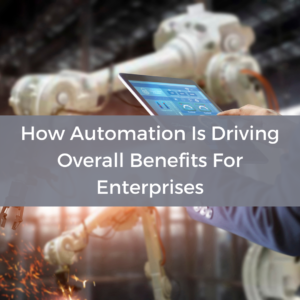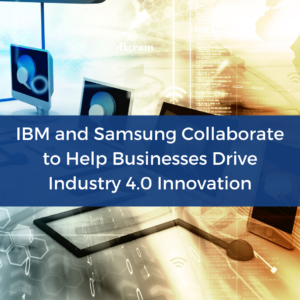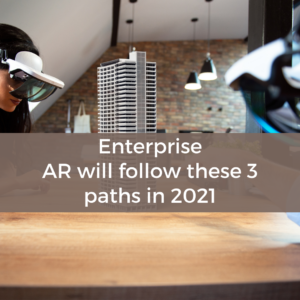Broad-based Benefits
Automation is now useful in driving internal operations, customer engagement and other activities that are transforming the fintech industry. Whether it is banks, insurance companies or other financial services entities, automation is expediting almost all operations, including administrative functions.
The advent of technology such as AI and ML (machine learning) has led to a fast-changing landscape in enterprise payments. Traditionally, key processes dependent on human legacy systems were slow, cumbersome and prone to errors. Since automation is based on accurate and fast industry insights, automated operations take decisions speedily and safely without a propensity towards human error.
Consider the insurance industry. Conventionally, settlement of claims has always consumed a major proportion of an insurance player’s time, effort and expense. This was primarily because human minds needed to oversee a trove of information collated from a plethora of sources while analysing the data manually. Today, RPA (robotic process automation) streamlines this process by decoding disparate claims information within seconds and sans the possibility of typical human errors. The savings in time, money and effort can well be imagined even as security is safeguarded during these operations.
That’s not all. Even in functions requiring customer interactions, AI is making a big difference. Thanks to NLP (natural language processing), chatbots are answering customer queries 24×7. Moreover, these automated processes backed by ML techniques only need limited human support.
From elaborating on new credit cards or lending schemes to updating insurance plans, scrutinising customer data and providing a completely-customised experience, AI-enabled tools are fostering greater customer satisfaction at much lower costs. Consequently, this helps in enhanced customer retention and brand loyalty.
As digital technology evolves at an exponential pace, industry analysts expect more changes within a decade in the banking and fintech sectors vis-à-vis the entire past century. Naturally, the momentum in growth is also bound to increase. While India’s fintech market was valued at around INR1920 billion in 2019, it is slated to touch INR6207 billion by 2025. Between 2020 and 2025, this will translate into a CAGR of about 22.7%.
According to a Research and Market report, ‘Fintech Market in India 2020’, India is one of the world’s fastest-growing fintech markets. By March 2020, among the world’s emerging markets, India and China registered the highest fintech adoption rate of 87%. Compared to this, the worldwide average adoption rate was 64% only. This accelerated growth has been driven by the Digital India mission and a slew of initiatives such as Jan Dhan Yojana, Unified Payments Interface, Aadhar and Demonetisation.
Dual Influencers
Despite this, the lack of consumer confidence in digital payment modes and the ever-rising threat of data security breaches and cybercrimes were barriers to faster growth. But the coronavirus pandemic and the resulting lockdowns have nudged customers to embrace digital offerings due to the greater physical security of contactless transactions undertaken from the safe confines of homes.
Without doubt, multiple downsides notwithstanding, the pandemic has come as a blessing in disguise for all fintech players. These include the payments (m-wallets and point-of-sales services), lending (banks, NBFCs, HFCs, online lenders, etc.), insurance and other segments promoting digital means of doing business.
Nonetheless, the impact of COVID-19 has been twofold. On the one hand, job losses, pay cuts and furloughs have led to a tremendous drop in discretionary spending, impacting digital transactions too. On the other, housebound families have been undertaking online shopping with gusto. Propelled by the online shopping impetus, digital payment modes have seen around a 42% rise.[1]
Utility bill payments, healthcare, food and grocery shopping, among others, have all been witnessing a swift rise in online transactions. Yet, this growth has been offset by the severe downturn in the fashion, entertainment, travel and tourism sectors, which have almost ground to a standstill. As the lockdown and social distancing restrictions are eased progressively, a bounce-back in these verticals will help the Indian fintech industry log higher transactions.
Meanwhile, automation in the fintech industry is increasing by leaps and bounds. Technologies such as blockchain, biometrics, predictive analytics, IoT, augmented reality, virtual reality, cloud computing and quantum computing, to name a few, are offering incremental as well as comprehensive savings in monetary and non-monetary terms.
Overall, fintech players are benefitting from the higher efficiency, security and faster turnaround times offered by automation – all of which are boosting bottom-lines, leading to greater profitability.









